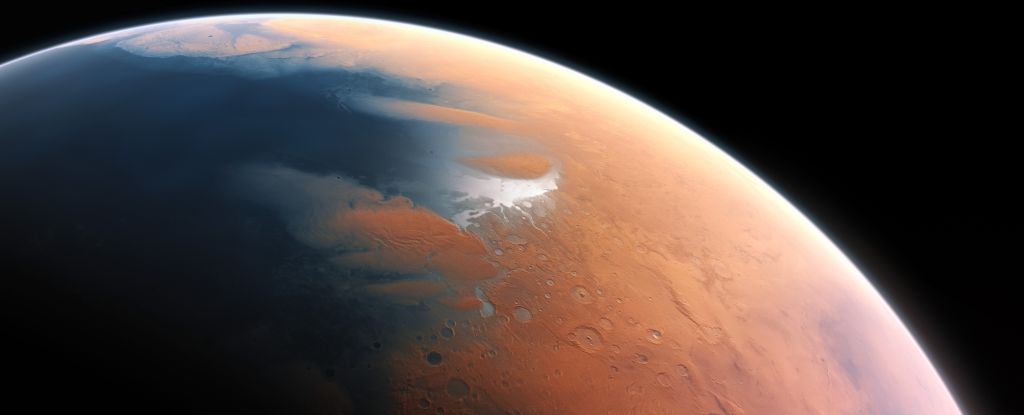NASA’s Osiris-Rex asteroid tests explained | Al Jazeera Newsfeed
US scientists are going to start testing the largest rock samples ever collected from an asteroid’s surface, after NASA's Osiris-Rex space capsule brought th...#AlJazeera #AlJazeeraEnglish #ColinBaker #Earth #NASA #Osiris-Rex #alJazeera #aljazeeraEnglish #aljazeeralive #aljazeeravideo #aljazeeraEnglish #aljazeeralatest #aljazeeralive #aljazeeralivenews #asteroid #collected #ever #explained #largest #latestnews #newsheadlines #rock #samples #scientists #spacecapsule #surface #testing #tests
NASA’s Osiris-Rex asteroid tests explained | Al Jazeera Newsfeed
One person like that











